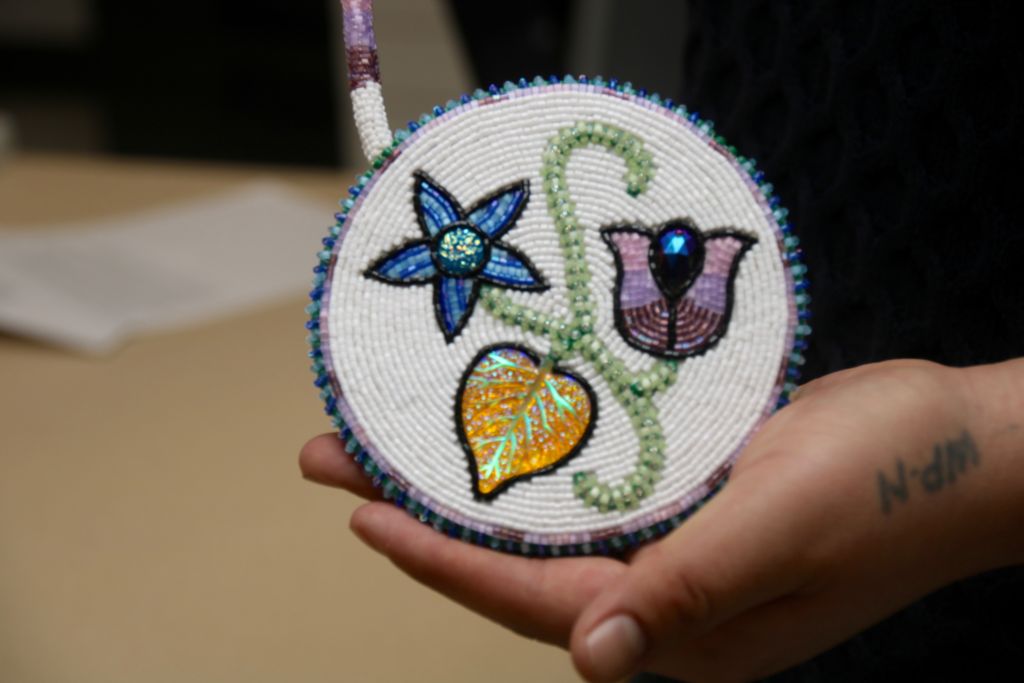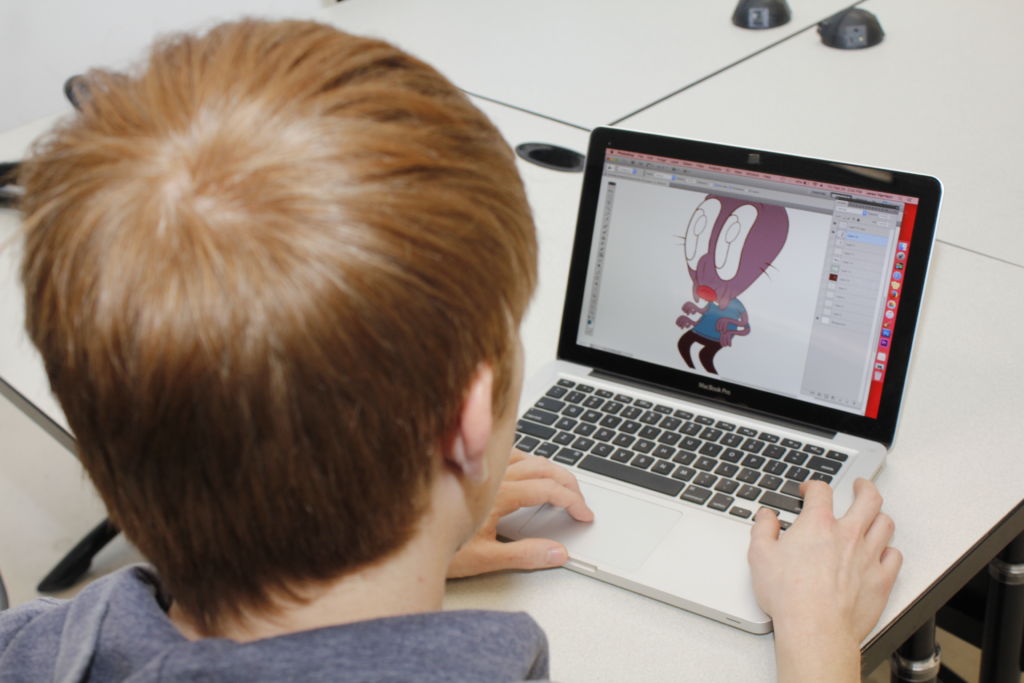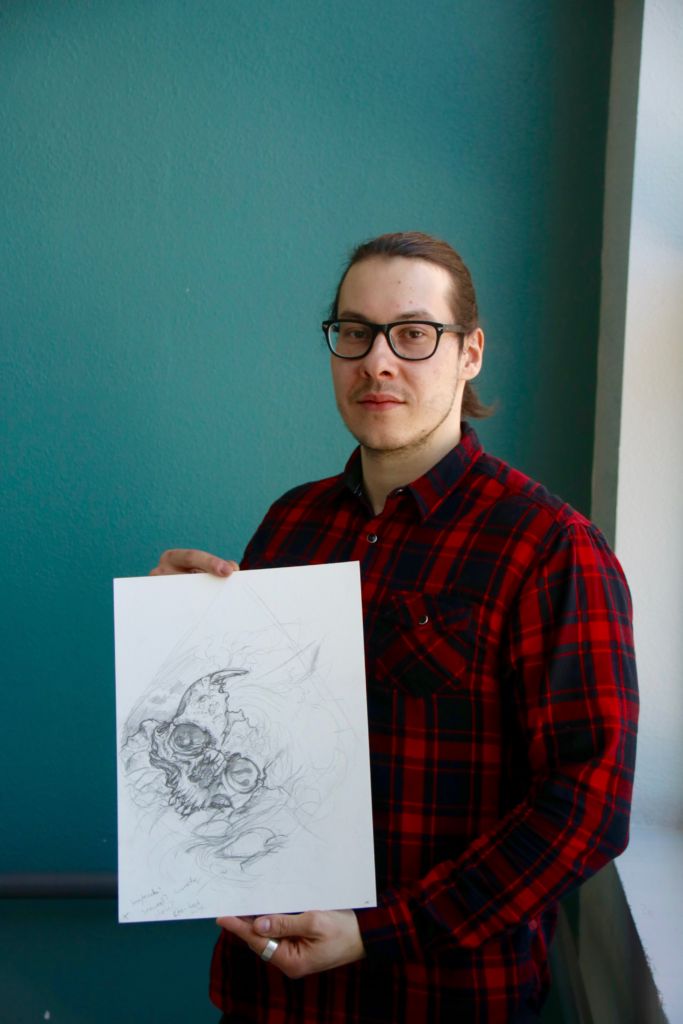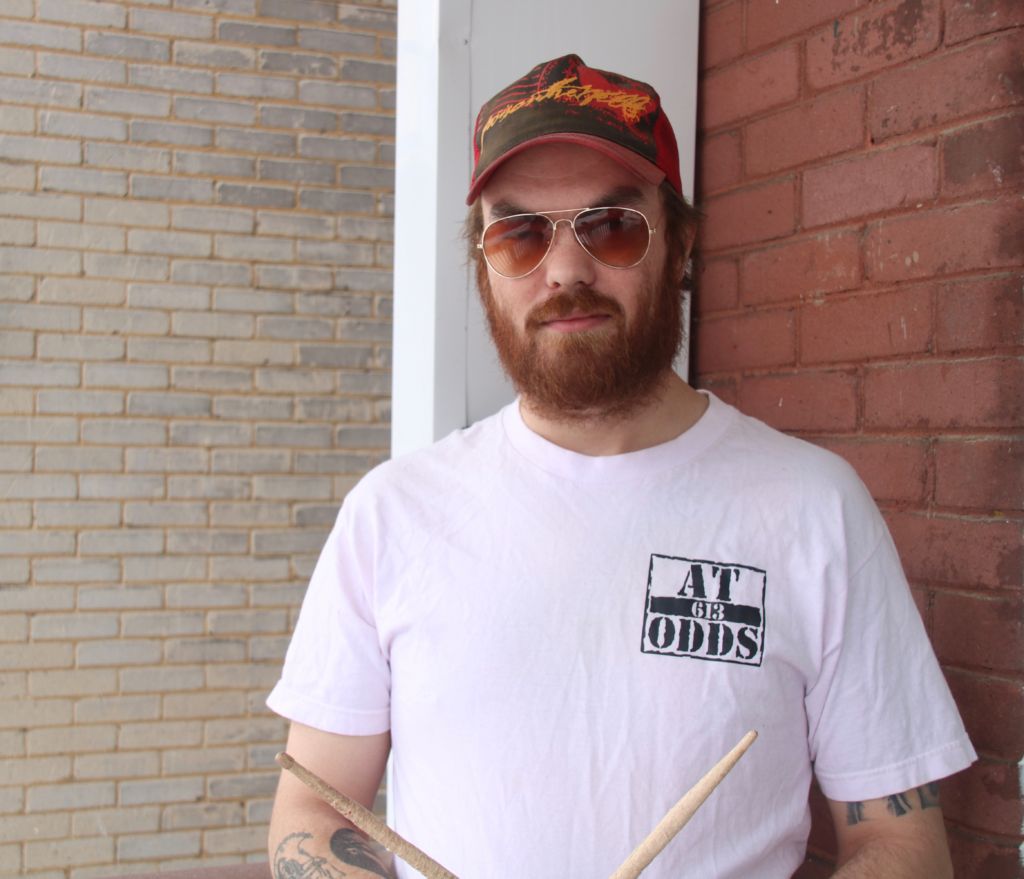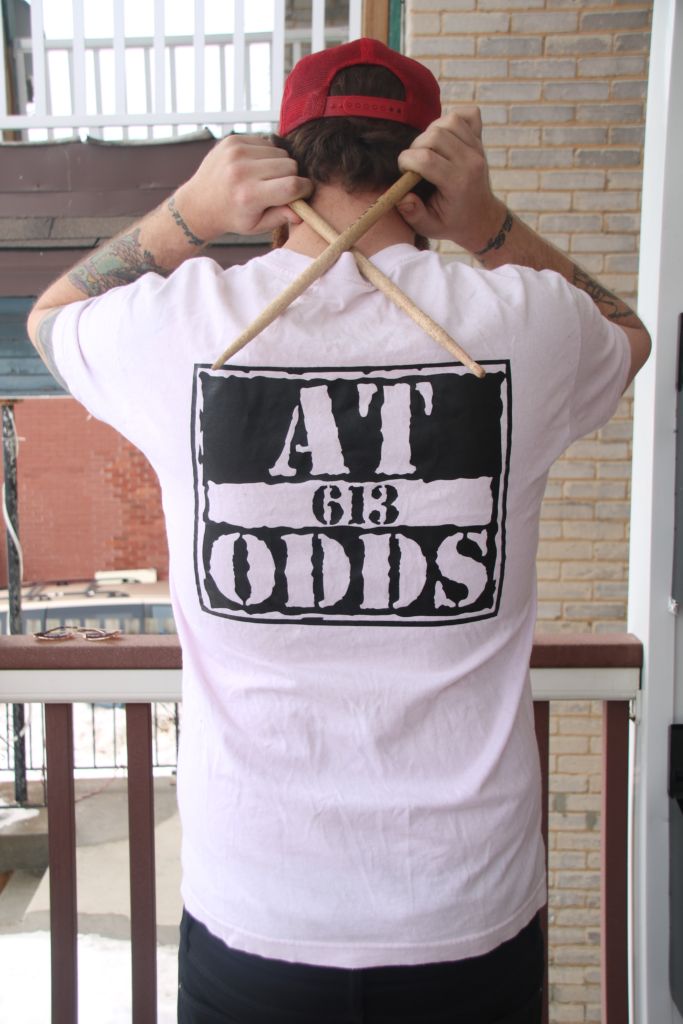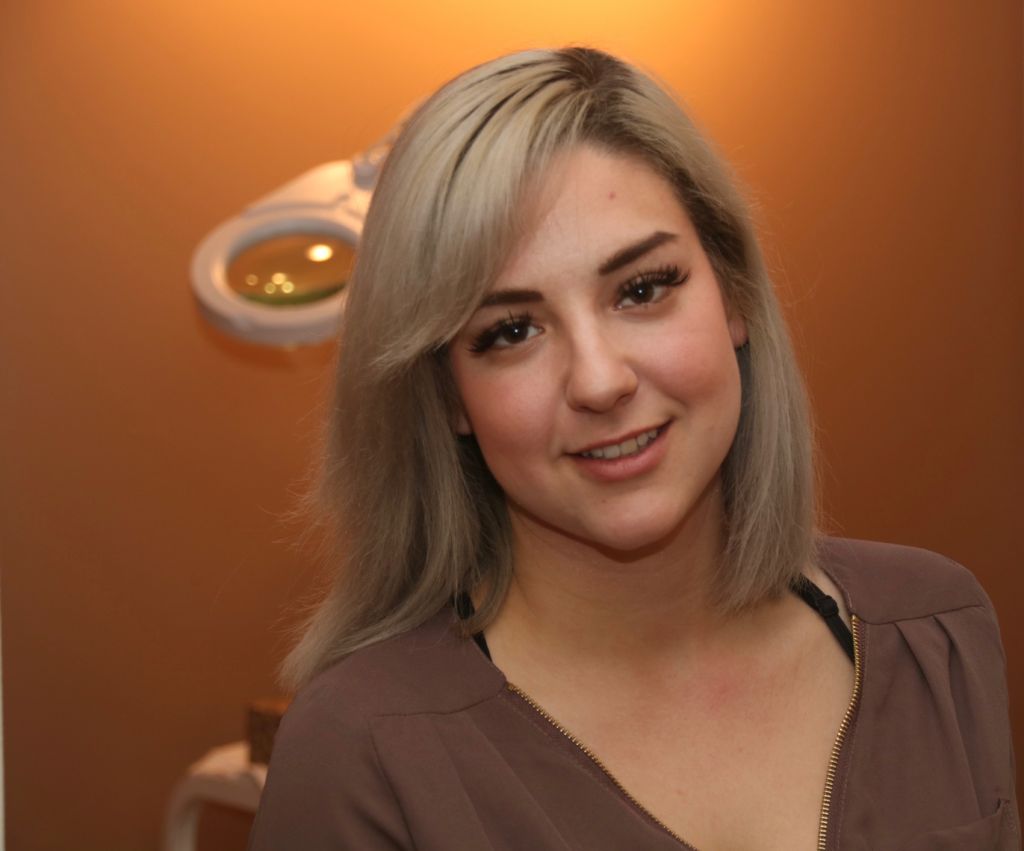HISTORY OF ART THERAPY
According to an article in the Art Therapy Journal, art has been used as a channel to communicate thoughts and ideas since the beginning of human history.
Although contemporary art therapy is relatively new, individuals have been expressing themselves as far back as tangible evidence goes – roughly 40,000 years ago.
Sketching and Illustrating isn’t the only way to derive therapy through art, there are plenty of outlets and mediums that allow a person to express themselves in a creative and constructive way.
Betty Kwong, a part-time art therapist in Ottawa, and graduate of Western University in London, Ont., sees art as a way to convey emotion, and make life just a little bit easier.
“For me, as an art therapist, I think it’s the process of doing the art that can be therapeutic,” Kwong says.
She feels that the ability for a client to be able to use the assessment she has given them, and complete the goal that is outlined, truly helps them get better.
Often, people who are artists are brought in to it because of their families. Some individuals are immediately drawn to expressing themselves in a creative manner.
Mary Elizabeth Marshall, an Ottawa-based artist and professor at Algonquin College, remembers being in elementary school and going down to the basement of her childhood home in Fredericton, New Brunswick, finding a spot to sit by the woodpile and thinking really hard about writing a short story.
“I might have been eight or nine,” says Marshall. “So my first foray into art was really literature and poetry, because there were so many writers in my family.”
While she was working on her Masters in creative writing at Concordia University in Montreal, she got sick of studying intense terminology, and reading old books (although she loves them).
That is when she started painting.
Marshall felt that painting was really free, and it was something that she didn’t know a lot about.
“I could express myself in a way I couldn’t with language,” she says. “Because it felt really heavy.”
One thing that most artists have in common is using it as a form of therapy, it can be a beneficial way of releasing stress and emotion.
Sage Picody, is a 22-year-old Pow Wow vocalist and member of the Ottawa River Singers, uses that and beading, as a form of therapy. When it comes to beading, creating something out of different materials helps lighten his mood.
“It takes my mind off of things,” says Picody. “It’s very time consuming so it keeps me very busy. It just makes me feel good when I look at a piece of work that I’ve completed, especially when I wear it.”
Picody has been beading for about four years now, it’s something that he picked up and taught himself.
“When I first moved to Ottawa – from Timmins, Ont., I didn’t know what beadwork was until I started seeing people wearing medallions,” he says. “I thought about buying some for myself to wear, but then I thought ‘why not just make learn how to bead and make it myself.’”
Picody is no stranger when it comes to the world of art. His mom is a painter and makes regalia and ribbon shirts, his dad sings and his sister paints as well.
In regards to his involvement in music, he owes a lot to his father for bringing it into his life.
“My dad has been singing for about 27 or 28 years,” he says. “So it’s something I was just born into. I’ve been singing for 16 years myself, so yeah, it takes a lot of time.”
Pow Wow isn’t something you just walk into and expect to be able to do it, it takes years of practice to be able to enable yourself to be able to sing in that style.
Picody says that he learned how to use his diaphragm off of YouTube, as well as voice projection.
“Voice projection came from opera singers,” he says. “And using your diaphragm came form scream singers. A lot of people ask ‘does it hurt after a while?’ But no, it’s just like any other muscle really, you just keep on practicing and keep on singing.”
He explains that the longer you sing for, the longer you last while doing it, and the stronger your voice will get. In order to get good at it, Picody says that you can’t stop it, and you have to practice this art on a daily basis.
Although not all art can be seen as traditional, if it helps yourself and others with their emotions, it is an art form none the less. Monica Kulas, owner of Aubrey Lashes, is a local eyelash specialist that applies fake-mink hair eyelashes to people looking for a little therapy time.
